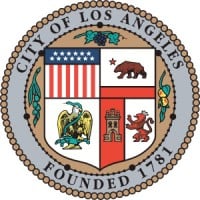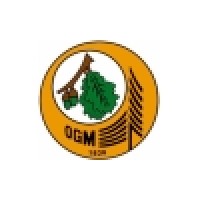
City of Los Angeles
The City of Los Angeles employs more than 45,000 people in a wide range of careers. Visit our website for information on current openings, including regular civil service positions, exempt and emergency appointment opportunities, in addition to internships! The City of Los Angeles is a Mayor-Council-Commission form of government, as originally adopted by voters of the City of Los Angeles, effective July 1, 1925, and reaffirmed by a new Charter effective July 1, 2000. A Mayor, City Controller, and City Attorney are elected by City residents every four years. Fifteen City Council members representing fifteen districts are elected by the people for four-year terms, for a maximum of two terms. Members of Commissions are generally appointed by the Mayor, subject to the approval of the City Council. General Managers of the various City departments are also appointed by the Mayor, subject to confirmation by the City Council. Most employees of the City are subject to the civil service provisions of the City Charter.






